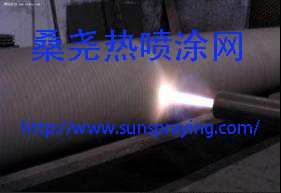In recent years, a significant number of new APIs (between 40% and 60%) have a high degree of hydrophobicity which make them poorly water soluble (Lipinski, 2002). This has necessitated the development of formulation strategies that can address the issue of low solubility and help to improve the rate of dissolution to enhance the bioavailability of these compounds. Various well known formulation strategies including solid dispersions, liposomes, use of co-solvents, complexation with cyclodextrins, mixed micelles, microemulsions and in-situ salt formation have been widely used in the pharmaceutical industry to develop compounds with low solubility (Van Hoogevest et al., 2011). Wet media milling is another rapidly emerging technology to develop poorly water soluble drugs that has attracted attention with several new compounds being launched into the market in recent years using this principle.
In the area of pharmaceuticals, nanoparticles are defined as having a size lower than 1000 nm. During the process of wet media milling, the particle size of the active pharmaceutical ingredient (API) is reduced to the sub-micron range. This reduction in particle size leads to a large increase in the surface area which in turn helps to improve the dissolution rate. Additionally, particle size reduction has also been reported to increase the saturation solubility of the drug (Muller and Peters, 1998). Some of the other benefits of such a dosage form include reduction of variability induced by the food effect following oral administration of certain compounds.
Nanoparticles can be generated by either the top down or the bottom up method. Top down methods include wet milling techniques like media milling (with beads), microfluidization or high pressure homogenization whereas the bottom up approach involves growing the nanoparticles from a solution. Top down approaches are the more common commercial approach for generating nanoparticles due to certain scale-up limitations associated with bottom up methods. The large surface area generated during the milling process leads to an increase in the free energy of the system.

本文由桑尧热喷涂网收集整理。本站文章未经允许不得转载;如欲转载请注明出处,北京桑尧科技开发有限公司网址:http://www.sunspraying.com/
|

